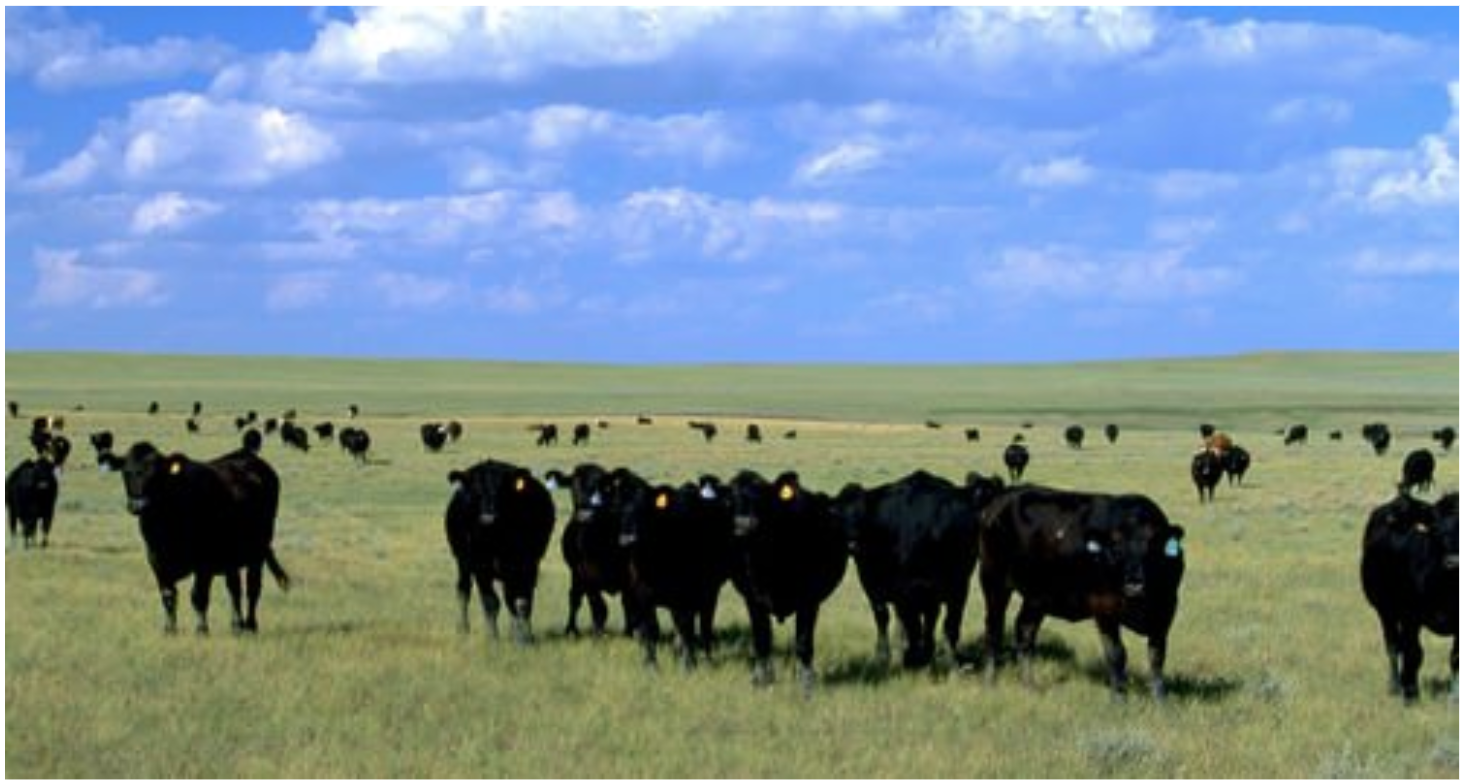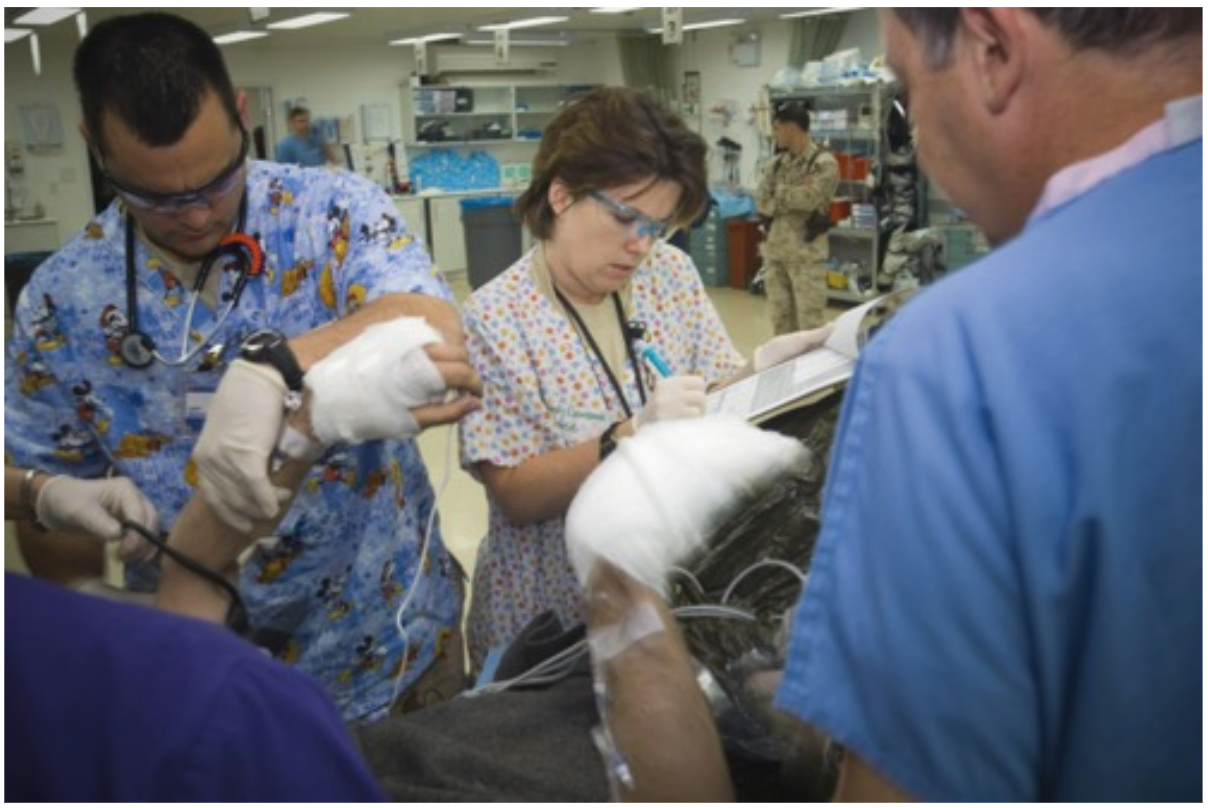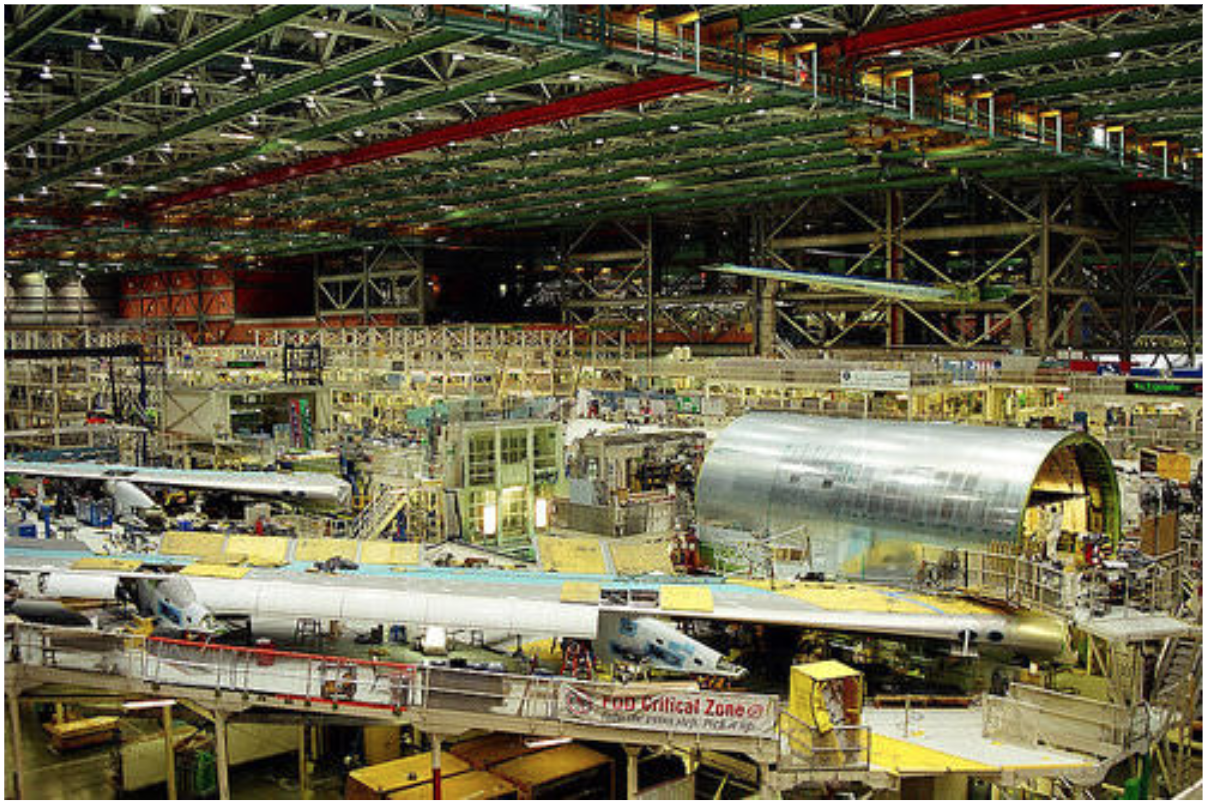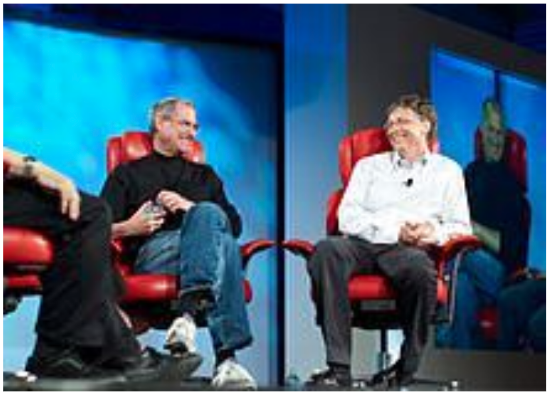1.5: Factors of Production
- Page ID
- 1631
Factors of Production
Choices concerning what goods and services to produce are choices about an economy’s use of its factors of production, the resources available to it for the production of goods and services. More simply stated, the "factors of production" are the resources we need in order to produce the items that we would like to have. Those four factors are land, labor, capital, and entrepreneurs. Each of the factors makes production possible and the use, or misuse, of any one of them may impact the economy.
- Consumers decide how resources are allocated and what is produced.
- Since resources are limited, people must make choices related to goods and services.
- The wealth that an economy generates is made possible by the circular flow of economic activity.
- What kinds of goods and services are required to meet peoples' needs and wants?
- What goods will be produced? How will they be produced? For whom will they be produced?
The concept of land has to do with specific items that humans get from nature, such as natural resources or things that are produced by the land, such as farm products.
Labor is what each person does as part of their livelihood or job to pay for their existence. Labor is performed by people and it is the total amount of talent and effort that a country’s labor force has to create products or services. The labor force may expand or contract over time, or it can evolve with changes to the market, but in the long run it will impact the economy of a country.
The third factor of production is capital, or capital goods, which are the tools or equipment necessary for production. Capital is both the result of production (assembly of a bulldozer) and can be used in production (bulldozer used on a construction site). Any equipment or items used by a business, to help the business function, is a capital good.
The last factor of production is the entrepreneur, or the person with the idea to create a product or develop a service. The entrepreneur is the one who believes that he/she has a better idea of how to build “a better mousetrap”. It is this person who ultimately tries to combine the factors of production to make a product or provide a service that people want and sell it for a profit. The entrepreneur is a risk-taker and the creative element that allows a free market economy to evolve as consumer demand changes.
Video: Four Factors of Production
Let's take a closer look at the factors of production we use to produce the goods and services we consume.
Land (Natural Resources)
Remember that the factor of production known as land is not just the land itself; "land" refers to the items humans get from nature. For this reason, it is helpful to think of "land" as "natural resources." There are two essential characteristics of natural resources. The first is that they are found in nature—that no human effort has been used to make or alter them. The second is that they can be used for the production of goods and services. That requires knowledge; we must know how to use the things we find in nature before they become resources.
 The field, the cows, and the milk and beef they produce are all examples of the factor of production known as land.
The field, the cows, and the milk and beef they produce are all examples of the factor of production known as land.Consider oil. Oil in the ground is a natural resource because it is found (not manufactured) and can be used to produce goods and services. However, 250 years ago oil was a nuisance, not a natural resource. Pennsylvania farmers in the eighteenth century who found oil oozing up through their soil were dismayed, not delighted. No one knew what could be done with the oil. It was not until the mid-nineteenth century that a method was found for refining oil into kerosene that could be used to generate energy, transforming oil into a natural resource. Oil is now used to make all sorts of things, including clothing, drugs, gasoline, and plastic. It became a natural resource because people discovered and implemented a way to use it.
Defining something as a natural resource only if it can be used to produce goods and services does not mean that a tree has value only for its wood or that a mountain has value only for its minerals. If people gain enjoyment from the existence of a beautiful wilderness area, then that wilderness provides a service. The wilderness is thus a natural resource.
The natural resources available to us can be expanded in three ways. One is the discovery of new natural resources, such as the discovery of a deposit of ore containing titanium. The second is the discovery of new uses for resources, as happened when new techniques allowed oil to be put to productive use or sand to be used in manufacturing computer chips. The third is the discovery of new ways to extract natural resources in order to use them. New methods of discovering and mapping oil deposits have increased the world’s supply of this important natural resource.
Labor
Labor is the human effort that can be applied to the production of goods and services. People who are employed or would like to be are considered part of the labor available to the economy. People who work to repair tires, pilot airplanes, teach children, or enforce laws are all part of the economy’s labor. People who would like to work but have not found employment—who are unemployed—are also considered part of the labor available to the economy.
 These emergency room nurses are an example of the factor of production known as labor.
These emergency room nurses are an example of the factor of production known as labor.In some contexts, it is useful to distinguish two forms of labor. The first is the human equivalent of a natural resource. It is the natural ability an untrained, uneducated person brings to a particular production process. But most workers bring far more. The skills a worker has as a result of education, training, or experience that can be used in production are called human capital. Students who are attending a college or university are acquiring human capital. Workers who are gaining skills through experience or through training are acquiring human capital. Children who are learning to read are acquiring human capital.
The amount of labor available to an economy can be increased in two ways. One is to increase the total quantity of labor, either by increasing the number of people available to work or by increasing the average number of hours of work per week. The other is to increase the amount of human capital possessed by workers.
Capital
Capital is a factor of production that has been produced for use in the production of other goods and services. Office buildings, machinery, and tools are examples of capital.
Long ago, when the first human beings walked the earth, they produced food by picking leaves or fruit off a plant or by catching an animal and eating it. We know that very early on, however, they began shaping stones into tools, apparently for use in butchering animals. Those tools were the first capital because they were produced for use in producing other goods—food and clothing.
Modern versions of the first stone tools include saws, meat cleavers, hooks, and grinders; all are used in butchering animals. Tools such as hammers, screwdrivers, and wrenches are also capital. Transportation equipment, such as cars and trucks, is capital. Facilities such as roads, bridges, ports, and airports are capital. Buildings, too, are capital; they help us to produce goods and services.
 This Boeing factory in Seattle, along with all of the machines housing inside, is an example of the factor of production known as capital.
This Boeing factory in Seattle, along with all of the machines housing inside, is an example of the factor of production known as capital.Capital does not consist solely of physical objects. The score for a new symphony is capital because it will be used to produce concerts. Computer software used by business firms or government agencies to produce goods and services is capital. Capital may thus include physical goods and intellectual discoveries. Any resource is capital if it satisfies two criteria:
- The resource must have been produced.
- The resource can be used to produce other goods and services.
One thing that is not considered capital is money. A firm cannot use money directly to produce other goods, so money does not satisfy the second criterion for capital. Firms can, however, use money to acquire capital. Money is a form of financial capital. Financial capital includes money and other “paper” assets (such as stocks and bonds) that represent claims on future payments. These financial assets are not capital, but they can be used directly or indirectly to purchase factors of production or goods and services.
Entrepreneurship
Entrepreneurs play a role in putting these other three factors of production to work. As economists began to grapple with the problems of scarcity, choice, and opportunity cost two centuries ago, they focused on these concepts, just as they are likely to do two centuries hence.
Goods and services are produced using the factors of production available to the economy. Two things play a crucial role in putting these factors of production to work. The first is technology, the knowledge that can be applied to the production of goods and services. The second is an individual who plays a key role in a market economy: the entrepreneur. An entrepreneur is a person who, operating within the context of a market economy, seeks to earn profits by finding new ways to organize factors of production. In non-market economies the role of the entrepreneur is played by bureaucrats and other decision makers who respond to incentives other than profit to guide their choices about resource allocation decisions.
 Steve Jobs and Bill Gates are both well-known entrepreneurs; they founded Apple and Microsoft, respectively.
Steve Jobs and Bill Gates are both well-known entrepreneurs; they founded Apple and Microsoft, respectively.
The interplay of entrepreneurs and technology affects all our lives. Entrepreneurs put new technologies to work every day, changing the way factors of production are used. Farmers and factory workers, engineers and electricians, technicians and teachers all work differently than they did just a few years ago, using new technologies introduced by entrepreneurs. The music you enjoy, the books you read, the athletic equipment with which you play are produced differently than they were five years ago. The book you are reading was written and manufactured using technologies that did not exist ten years ago. We can dispute whether all the changes have made our lives better. What we cannot dispute is that they have made our lives different.
 Answer the self check questions below to monitor your understanding of the concepts in this section.
Answer the self check questions below to monitor your understanding of the concepts in this section.1. What are the factors of production? Which one do you think is the most important? Why?
2. List two characteristics of natural resources.
3. What are the two forms of labor and how can we increase labor?
4. What two criteria classify a resource as capital?
5. What makes a person an entrepreneur?

